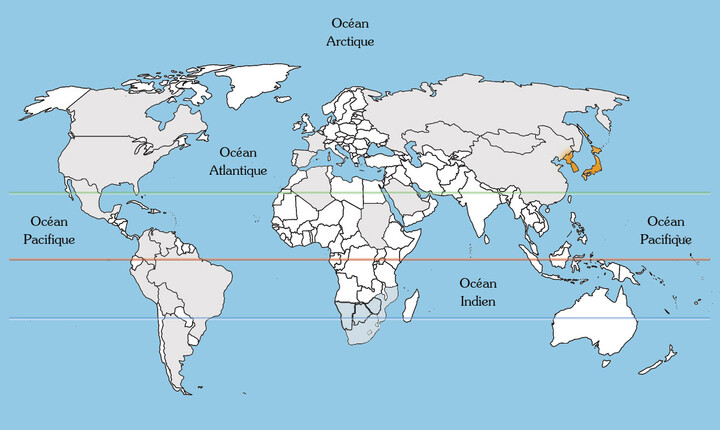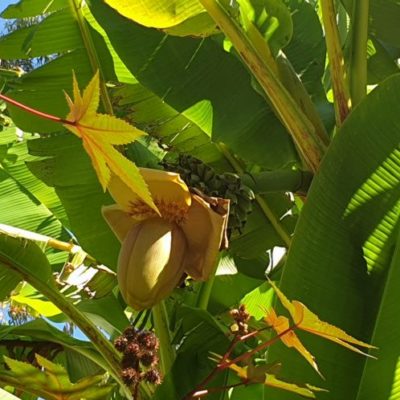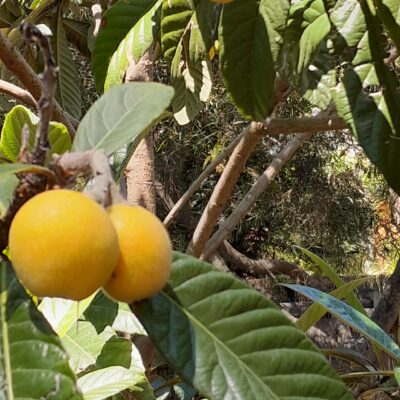Japanese maple
Presentation
A dazzlingly colourful tree
The Japanese maple, or Acer palmatum in Latin, is an ornamental tree species whose beauty and diversity never fail to seduce. Originating from the Far East, this tree, with its delicate leaves and dazzling colours, is commonly found in parks and gardens throughout the world.
Certain varieties of Japanese maple have palmed leaves, while others feature more delicate and laciniated leaves. As for the tree’s palette of colours, it ranges from tender green to deep purple, bright orange and scarlet, offering a breathtaking feast for the eyes all year round.
An invitation to spirituality
The Japanese maple planted at our four-star campsite Les Jardins de La Pascalinette® is still young, but we hope to be able to practise the Japanese art of “momijigari” very soon: in Japan, admiring the changing colours of this tree is considered as important as admiring cherry blossom!
An icon of Japanese culture, the Japanese maple embodies serenity and harmony with nature.
Its presence brings a touch of tranquillity and elegance to every outdoor space, inviting contemplation and meditation. In short, whether you appreciate its visual splendour or cultural symbolism, the Japanese maple is a real must if you’re a lover of nature camping or simply appreciate enchanting landscapes.
Identity
| Latin name : | Acer palmatum |
|---|---|
| Family : | aceraceae |
| Genus : | acer |
| Species : | palmatum |
| Color : | Very discreet, greenish leaves |
| Origin : | Japan |
| Foliage : | Delicate, palmed leaves |
| Port : | Small tree |
| Height : | 1.5 to 8 m |
| Flowering : | April to June |
| Location : | Between mobile homes 126 and 127 |
Did you know?
When the tree's leaves turn red and orange, it means they contain vitexin, renowned for its anti-ageing effect.




